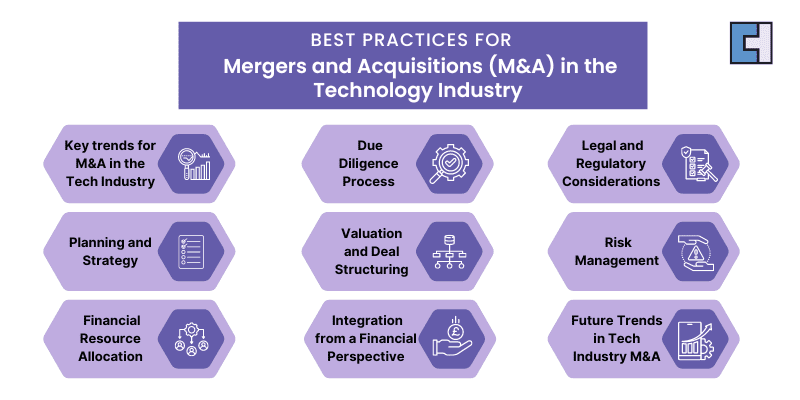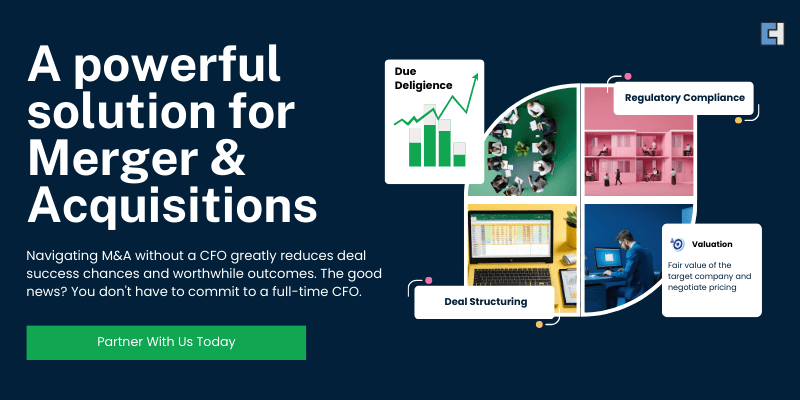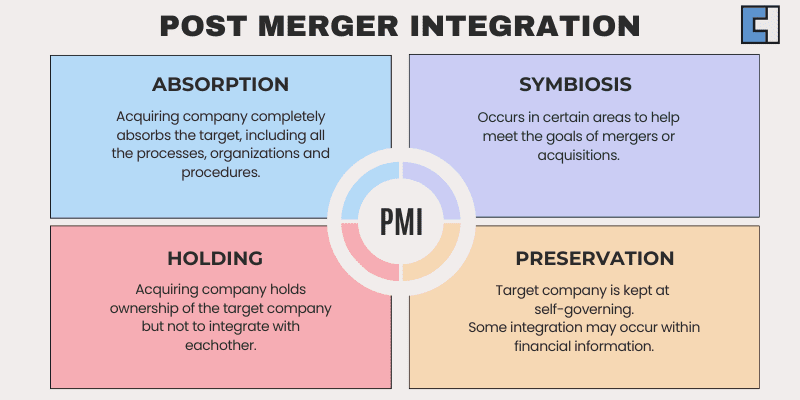Recently, the technology industry has experienced remarkable growth, driven by swift progress in digital innovation and the progressively ubiquitous influence of technology in our day-to-day existence. As a result, mergers and acquisitions (M&A) have become a significant, vital apparatus for businesses looking to grow without the need to reinvent key components that others might have already developed.
This article investigates the key patterns, drivers, and challenges in Mergers and Acquisitions.

Key Trends for M&A in the Technology Industry
One of the most important factors in technology M&A is the continuous vertical integration of businesses within the parents supply chain . As the technology industry matures, companies are looking to merge or acquire additional businesses to strengthen their business operations, expand their products and services, and achieve economies of scale.
This consolidation is especially evident in small businesses such as software, network security and semiconductors, where companies hope to increase profitability as they compete by professional capabilities.
Planning and Strategy
Defining clear and precise M&A goals and objectives ensures your organisation’s growth and success. These goals serve as a method and provide metrics to measure success. Mergers and acquisitions without a clear vision can lead to poor prioritisation and wasted time and money. These goals and objectives should inform your M&A plan.

Financial Resource Allocation
In the dynamic M&A environment, effective financial allocation is critical to success. This requires carefully reviewing internal and external financial strategies to ensure a balanced and thoughtful approach.
Internal Capital Allocation
Effective internal capital allocation is critical to achieving sustainable growth through merger and acquisition activities. Organisations should develop strategies to improve existing resources and ensure the integration of financial capabilities with strategic goals. It is important to design strategies to identify and reallocate funds from underperforming areas to areas with higher return potential, thus encouraging a culture of capitalisation within the company.
Coordinating M&A investments with existing core internal operations is critical to successful business integration. By aligning financial resources with broader goals, tech companies can improve their overall performance and regularly create synergies between merger and acquisition efforts and nonprofit initiatives. Achieving this balance enables merger and acquisition activities to be more successful without compromising other important business activities.
External Capital Allocation
External resources play an important role in guiding such initiatives. Tech businesses should explore avenues for securing external funding, including forming partnerships with other companies. Conducting research is essential for identifying external funding sources, establishing productive collaborations and ensuring successful mergers or acquisitions. When deciding to utilise debt, equity or a combination of both, it is crucial to assess the associated risks, cost of capital and financial stability.
Explore our guide on different sources of funding and gain insights on equity to enhance your external capital allocation strategy for business owners and investors
Mergers and Acquisition Strategy
Companies need to establish a process for allocating funds that considers potential returns and risks in line with the organizations long term objectives.
Share Buyback Initiatives
Considering options like acquiring another business through mergers and acquisitions should be approached thoughtfully. Tech companies should assess the effects on shareholder value, product performance and overall financial well-being, plus the internal cultural impact on the company.
Repurchasing Shares
Exploring merger and acquisition alternatives, such as purchasing a business, should be carefully considered. Tech companies should evaluate the impact on shareholder value, product performance and overall financial performance. Share repurchases can be a useful strategy to leverage previous capital, build investor confidence, and provide another way to improve financial resources.
Due Diligence Process
Due diligence is the first step in completing a merger and acquisition project and involves an in-depth analysis of the company’s objectives to determine whether the transaction is a good investment and, if so, how to form a contract and set the price. The due diligence process should evaluate all aspects of the business, from intellectual property & technology to HR and finance.
The importance of due diligence in mergers and acquisitions can be identified by just a simple example: if both entities ERP’s are unable to integrate to perform the objectives they are set for, changing to a completely new ERP to perform the combined objective can be a very costly and time-consuming exercise. Similarly, there can be many other similar issues; performing financial due diligence at the onset would be the biggest and most important aspect of due diligence before any other type of due diligence is carried out.
- If you are new to buying a business and want to learn the art of buying and selling a Business, our comprehensive guide to buying and selling a business can be a valuable resource.
- Due Diligence When Buying a Business
Valuation and Deal Structuring
One of the biggest challenges for mergers and acquisitions in the technology industry is an effective and cost-efficient valuation strategy and agreement. Given the rapid pace of technological change, it is always difficult to accurately predict future revenue; this can lead to an overestimation or underestimation of the potential of the business. Also, high demand for technology and new ventures can sometimes lead to greater profits, so the increase in price risk can be very high. Our valuations team has created an in-depth business valuation guide, that can greatly reduce the burdens a business faces during the valuation process. You can also speak to an expert startup accountant who is familiar with the complications of valuation and deal structuring for established and startup businesses.
Integration from a Financial Perspective
The finance team in a company as financial drivers of their organisations, are tasked with ensuring that M&A activities contribute to long-term value creation and financial sustainability. The responsibility requires a nuanced understanding of the distinct opportunities and challenges inherent in the tech industry, from managing integration complexities to assessing intellectual property. To successfully navigate the complex M&A landscape in the tech sector, the finance team and their CFO should adopt certain key considerations and best practices. These practices help ensure that financial objectives are aligned with broader strategic goals.

Legal and Regulatory Considerations
A few factors pose great risks to a business within the legal and regulatory environment. Tech companies should remember this, especially when the merger is within a tightly regulated industry, such as Fintech or Banking. Here are the steps tech companies can take to manage this aspect of the Merger and Acquisition.
- Review Regulation around Technological Requirements
- Review requirements from The Competition and Markets Authority (“CMA”)
- Identify any pending or possible legal issues
- Ensure all major authorities within the domain are kept in the loop
- Hire expert legal counsel before planning for the M&A activity.
Risk Management
Merger and acquisition transactions involve major risks and uncertainties that can affect stakeholders at all levels, including executives, shareholders, employees, and customers. These issues can be very controversial and expensive and may pose a risk of litigation. The company should move from reactive issues to proactive decisions by thoroughly understanding the board’s role, participating in the audit committee, and investing in a full risk analysis and management plan from the beginning. If you are unsure about how risk management works, you can get more details from our risk management guide, alternatively, make sure you hire a risk management consultant.
Future Trends in Tech Industry M&A
As technology continues to evolve, many new and potentially disruptive events could shape the future of mergers and acquisitions in technology, such as
Cloud Computing
One of the biggest trends in the business world is how companies are changing because of digital technology. With new tech like cloud computing, artificial intelligence, and the Internet of Things, companies want to buy new technologies to keep up with competitors. This has caused more deals where big companies buy tech startups or other tech companies to get their hands on the latest technology. This trend of buying tech to stay competitive is expected to keep growing, with businesses in all areas looking to get new tech to stay ahead.
If you are a startup tech company wanting to attract big investors for a potential acquisition, speak to our specialist tech accounting team to see how our readiness packages will add extreme value to your venture.
Virtual Reality
As virtual reality and augmented reality become more common, merger and acquisition activity in virtual worlds and other technologies will increase. The continued use of technology across industries provides partnership opportunities between technology companies and non-technology companies.
Non-tech companies can use technology to integrate or digitise their business, improve customer experience, and stay competitive in the market. At the same time, through mergers and acquisitions, companies can take advantage of cross-market partnership opportunities to expand their business and generate new revenue.

Conclusion
Mergers and acquisitions in the information technology environment are constantly changing, driven by intense competition and changing business conditions. Stakeholders are better served by understanding key trends, drivers, and challenges for mergers and acquisitions in the technology sector.
Looking ahead, mergers and acquisitions in the tech industry will continue to shape the economy, driving innovation, integration, and new business models. To succeed in this changing environment, tech companies must remain agile and use mergers and acquisitions strategically to achieve growth, diversification, and long-term success.
Additional Resources










































































